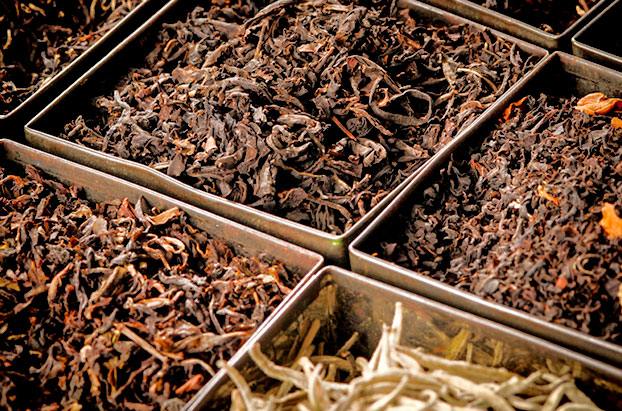The Sense of Sight & Tea

Have you ever seen the first rays of sun set endless carpets of tea aglow or the how deftly the tea pickers in brightly clad sarees pluck the tender buds?
Sight is the most evolved of our senses and perhaps the most delightful. It is the sight that lets you see the roses in bloom, the flight of the eagle and the glint in the eye of your newborn. Our eye uses an intricate system of nerves and organisms to read lightwaves thereby to telling us about the depth, colour and vibration of any object.
Sight, the fundamental of inspiration for billions around the world, is also one of the most vital senses when it comes to gastronomy. We use our eyes to anticipate the taste of what’s before us to enhance that sense of fulfilment we expect during its consumption.
When it comes to tea, the sense of sight makes it easy to understand the different types of tea – from the size of the leaf to colour. Also each tea produces a different liquor colour that is a reflection of its terroir, the degree of fermentation and the way the tea is fired. The Colour of the tea also indicates the strength of the brew.
For instance the low grown Dilmah Yata Watte tea is deep chocolate brown in colour with rich golden highlights intermingled with some greens at the meniscus while the tippy ,high grown Uda Watte tea is an attractive bright tan with orange tones and deep golden green at the meniscus, similar to a well aged Oloroso sherry.
Apart from the colour the different teas also have different levels of clarity and brightness. If you look at the reflection or the rim of the tea you can note that one tea is brighter and clear than another.
Look into that cup full of its golden brew resting in your hands. Sip it and dream of emerald carpets of tea and brilliant blue skies.



